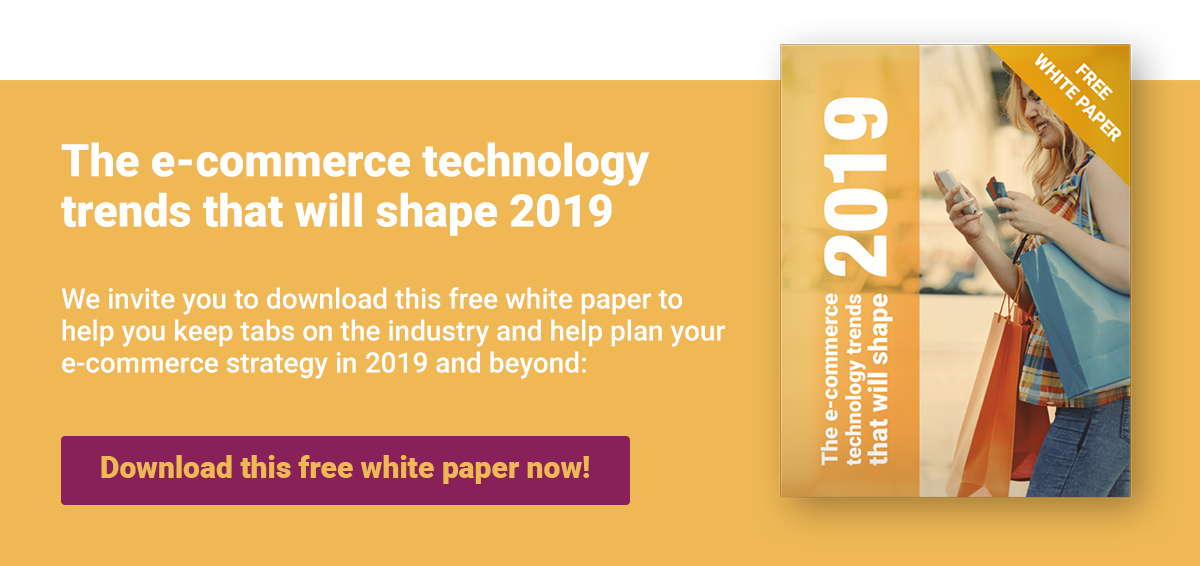Contextual Commerce: The New Future for e-Commerce Payments?
Contextual commerce is emerging as the latest influence over future consumer behavior and e-commerce payments. And because it has the potential to transform shopping online, merchants should understand what it is, who’s using it already, and why they should consider implementing it.
What Is Contextual Commerce?
Contextual commerce lets customers purchase products in the moment or environment (that is, the context) in which they discover products. With contextual commerce, merchants embed purchase options directly into everyday activities — like browsing Pinterest or doing laundry — to make the checkout process virtually seamless for the consumer.
The concept here is to enable consumers to buy products when they encounter them and pay with minimal effort — often without even leaving the website or app where they discovered the product.
Merchants benefit from this frictionless shopping, too. They’re able to drive sales by capitalizing on the consumer’s impulse to immediately buy a product as soon as they find it.
How Merchants Are Using Contextual Commerce
Although contextual commerce is still relatively new, it’s being quickly embraced by major e-commerce merchants around the world – with some interesting applications being imagined by Uber, Amazon, Pinterest and Facebook Messenger.
Uber
After customers have downloaded the Uber app and stored their payment information, ordering a car service couldn’t be easier. With just a few clicks, Uber knows exactly where the user needs to be picked up. And when the ride ends, there are no credit card swipes, signatures or quick tip calculations. The customer simply exits. The simplicity of the entire transaction has made Uber’s popularity soar.
And now, Uber is building on its contextual commerce by letting customers check in to their hotels (even selecting rooms and receiving digital keys) while en route and even identifying nearby restaurants and making reservations for customers.
Thanks to the contextual information Uber has on a customer — the customer’s location, the time of day and the destination — the company can provide the right suggestions at the right time, adding real value to every ride.
Amazon
Amazon Dash are small Wi-Fi-connected buttons that let customers place Amazon orders for specific household products — like Hefty trash bags or Bounty paper towels – with just the touch of the Dash button.
That means when customers realize they’re running low on Tide laundry detergent, they don’t have to write it down on a grocery list or hope they remember to add it to their next curbside delivery grocery order. Instead, a simple push of the Tide Dash button next to the washing machine places an Amazon Prime order, replenishing the supply in a matter of days.
Today, more than 150 Dash buttons are available to customers — proving customers really do want to be able to easily reorder their products right when they’re thinking of it.
Social media platforms have also begun using contextual commerce as a way to engage users and capture their shopping dollars.
Pinterest’s Shop the Look pins let customers buy products they see on the website or mobile app using stored credit card information — usually without even leaving the Pinterest platform.
Facebook Messenger
With humble beginnings as just a messaging app, Facebook Messenger now lets users preorder albums from their favorite bands, order Ubers, get order updates from retailers, and even get boarding passes and flight status updates for their KLM flights.
Facebook has effectively turned Messenger into a full-on chatbot, allowing businesses, bands, brands and more to interact with customers within the app.
The Importance of Combining Convenience and Security
For customers browsing and shopping online, faster is always better. The longer it takes a customer to find the desired item on your website, create an account, remember their password and complete a long checkout form, the less likely it is the customer will make it all the way through the checkout process.
So merchants must be able to shorten the path from engagement to purchase while also providing the value-added shopping experience customers crave and that keeps them coming back.
Contextual commerce can help merchants do just that.
But while contextual commerce can simplify shopping, online shoppers remain concerned about the security of their payment information and may not yet be comfortable with using mobile wallets and other alternate e-commerce payment methods. So merchants need to ensure they’re following the latest in online security protocols and ensuring they’re partnering with trusted providers who can defend both merchants and customers against emerging fraud schemes.
As you’re looking for ways to reach customers, grow sales, and streamline the purchasing experience, make sure you’re adding fraud prevention to your contextual e-commerce opportunities. Talk with the experts at ClearSale to learn how our comprehensive fraud prevention and protection solution can help you streamline the customer journey and approve more legitimate transactions.
 Bruno Farinelli
Bruno Farinelli
